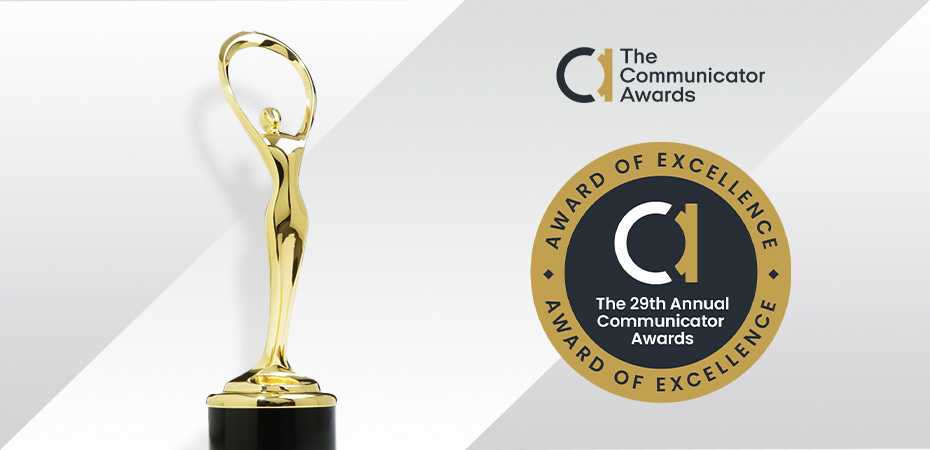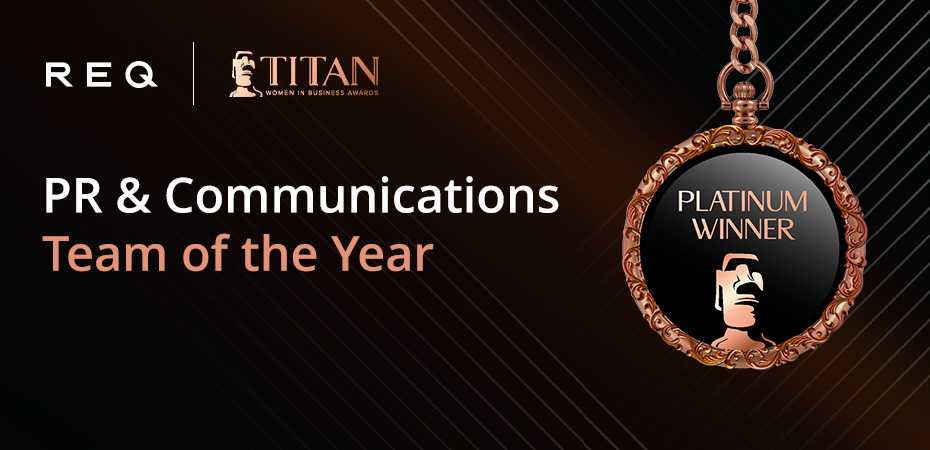March 24, 2024
| Article | by Eileen Belden | Content,
Public Relations,
Social Media
How Your PR Team Can Maximize Event Coverage and Content Creation
Too often we see companies invest considerable time and budget into events, but fail to capture valuable coverage and content assets that can only be obtained during the event itself. Including your PR team in the event planning process from the beginning can help avoid this issue and ensure meaningful coverage and content that can be used for months after the event ends. And deploying a handful of PR and digital team members to the event itself can maximize the amount of content that aligns not only with your PR goals, but your overall company goals. Here’s how your company can make the most out of your investment:
Getting Media in the Door
In today's media landscape, getting reporters to cover your company event requires more than just sending out a press release or media advisory. There are many steps PR teams can take to incentivize reporters to not only attend their event, but get exclusive, meaningful coverage out of it:
Build an announcement: Including a meaningful announcement about your company or product into the event that will generate interest from reporters and audience members is crucial to gaining media attention. Teasing the announcement to reporters before the event, and giving them enough time to work it into their schedules, will help ensure more reporters will come and cover the event.
Last fall, Virtru hosted a ribbon-cutting ceremony for its new Washington, D.C. headquarters and announced that the company is the first awardee of the D.C. Vitality Fund. After the ribbon cutting, Virtru hosted its inaugural DMV Rising cybersecurity and risk management conference, including panels featuring D.C. tech community leaders. Not only did this event draw in heavy hitters like D.C. Mayor Muriel Bowser, but also print and broadcast reporters from across the DMV. This event took a tremendous amount of effort from the Virtru and REQ teams, and the result was coverage in many of the region’s top tier media outlets.
Offer on-site, on-the-record interviews with company leadership and customers: It’s important to provide reporters with interviews that allow them to customize their event coverage, resulting in a piece that is unique to their publication. Reaching out to customers before the event and ensuring multiple are willing to speak on the record with reporters can help draw in media interest. Be sure to give them plenty of notice so they can consult their legal and PR teams about whether they can provide on-the-record commentary. Additionally, carve out time in company leadership’s event schedule to speak with media covering the event.
TIP: Have a dedicated team member on-site who is responsible for facilitating and potentially recording interviews as they happen.
Offer to pay their expenses: If it fits in your company’s budget for the event, offering to pay reporters’ expenses can help draw them in. However, investing in media presence at events can be a delicate dance. Be mindful of ethical guidelines and industry standards regarding media payments. Some media outlets may have policies prohibiting journalists from accepting payment or reimbursement for attending events to maintain editorial independence and integrity.
Maximizing Social Media Impact
In today's digital age, an event’s success goes beyond what happens in person - it extends to the online conversations and interactions generated before, during, and after the event. But too often, companies only send one social media team member who is tasked with several time-consuming efforts. To ensure a streamlined social media effort during large events, companies should deploy teams consisting of at least three people dedicated to social media:
- Someone to capture photos and video: Even if there’s a dedicated professional photographer at your event, capturing behind-the-scenes photos and videos for social media is crucial in ensuring content can be turned around quickly. Professional photos often take several days to edit and distribute. Make sure to include candid photos of panels and speakers as well as posed shots of attendees.
- Someone to write copy and hit post: There should be at least one team member dedicated to writing social media copy and pulling quotes from panels and speeches. If possible, ensure your social media team has enough information about the event, panels, and speakers to draft and get pre-approval on copy prior to the event. To ensure maximum impact, make sure to tag event hosts, sponsors, and speakers and create an event-specific hashtag for everyone to use.
- Someone to respond to online comments: Showing that you’re paying attention to what people online are saying can encourage more people to interact, and while the other social media team members are busy capturing content and writing copy, this person can focus their attention on responding to community members online.
Getting the Most Out of the Event - Even Long After It Ends
Large company events that bring current and prospective customers, employees, and company leaders together don’t happen often, and your team should take full advantage. Consider capturing content at your event that aligns with broader PR efforts and company goals, such as:
Customer interviews for case studies: Having multiple customers in one place can be a great opportunity to sit down for a 15-30 minute case study interview. If your company has the bandwidth, send a couple of employees whose sole responsibility will be to conduct customer interviews. If you play your cards right, you can walk out of your event with over a dozen case study interviews in your back pocket.
Much like on-site media interviews, make sure you ask customers about this far in advance to ensure they can participate in a case study and determine whether they can be publicly referenced. Additionally, send your case study questions to the customer in advance so they have time to prepare and gather any quantitative information.
Attendee and customer testimonials: Collect testimonials and feedback from attendees with key takeaways from the event and overall impressions of your company and product. These can be used for social media long after the event is over and can be turned into a blog post on your company’s website.
Employee spotlights and interviews: Employee spotlights tend to perform well on social media, particularly LinkedIn. If you run a remote- or hybrid-work organization and you have multiple employees coming to the event, take this opportunity to capture some content highlighting your unique work culture and employee base. Here, you can capture interviews or spotlights with employees that attend, and use them throughout the year for social media.
Conclusion
The life cycle of a company event begins long before the first panel, and can last for months after if you plan carefully. Working in lockstep with your PR team throughout the whole journey can ensure positive, detailed press coverage complete with customer interviews, social media content for the next several months, and customer case studies that can generate new business and live on your website for years to come.

